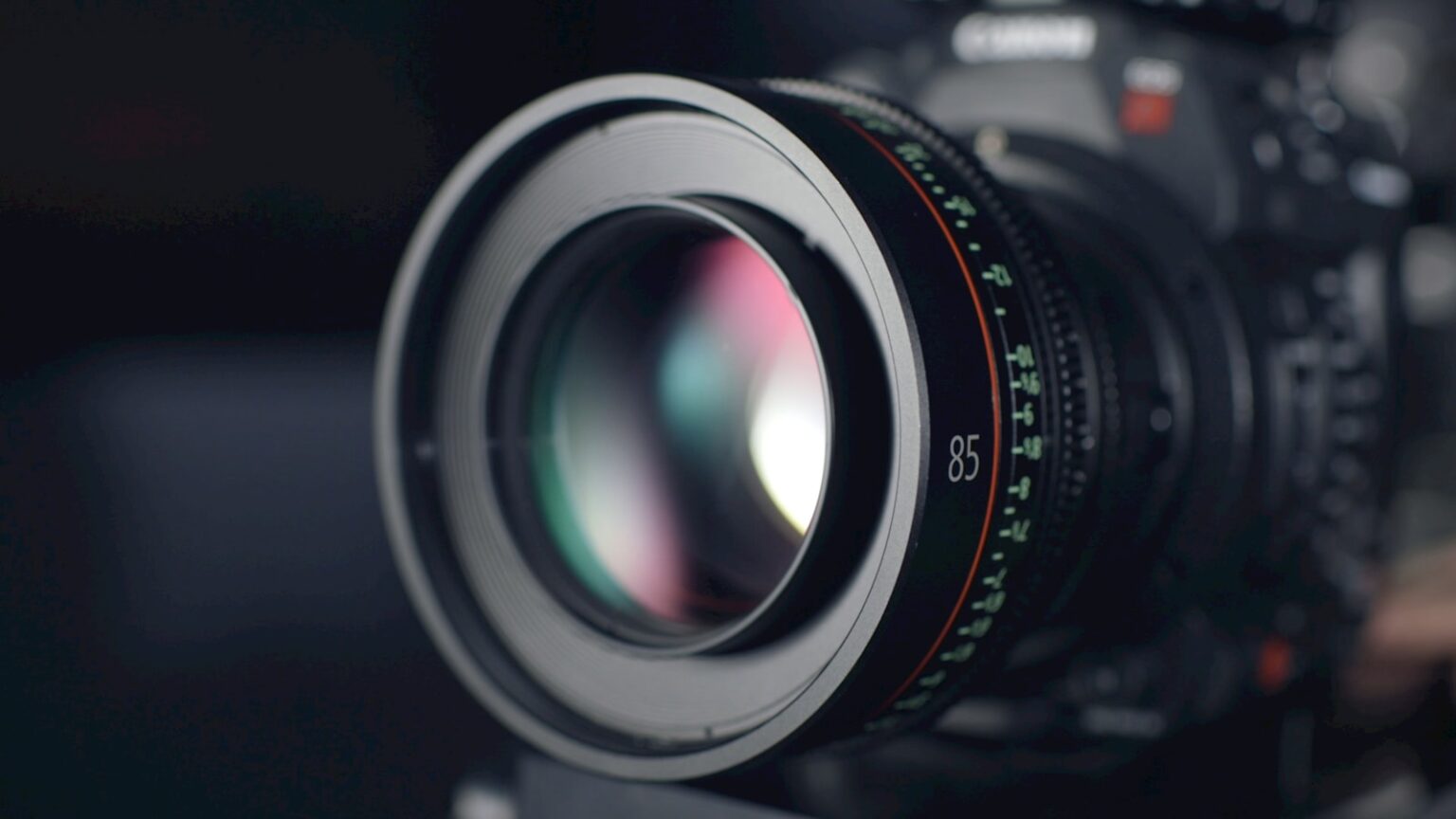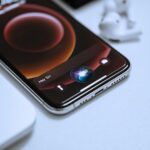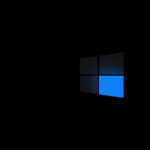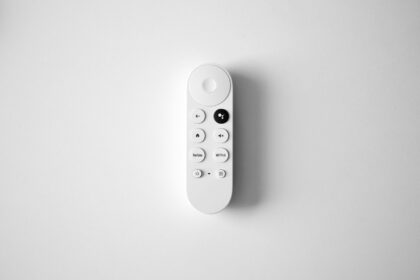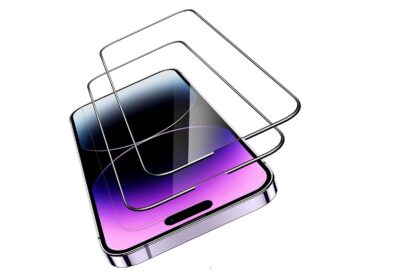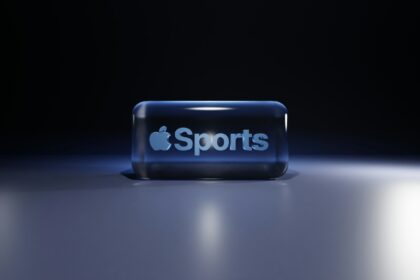Quick overview: A cut filter, often called a hot mirror, blocks infrared light that digital sensors see but the human eye cannot. Without this layer, colors shift, detail can blur, and strong infrared sources may overload the sensor.
Most modern consumer cameras from brands like Canon and Sony include this protection to keep daylight colors accurate. The lens and sensor work together, and that extra barrier keeps invisible wavelengths from changing how images render.
What you will learn: simple checks you can run at home, what image artifacts to watch for, and when a lab test makes sense. Basic tests use common items such as a TV remote or an IR LED for quick detection.
This short guide keeps steps clear and practical so you can determine camera filter presence with confidence before modifying any device or buying specialty gear for night, astrophotography, or scientific work.
Infrared filters 101: what they do and why they matter today
An optical cut layer sits in the light path and reflects or blocks near-infrared wavelengths so only visible light reaches the sensor. This component — often called a hot mirror — keeps color and contrast faithful under real-world lighting.
What an IR cut filter blocks and how infrared light affects image quality
When infrared light reaches the sensor, pixels record energy the human eye cannot see. That mismatch causes odd color casts, low microcontrast, and a washed-out look in some photos.
Without suppression, edges can soften and bright areas may bloom. For both stills and digital video camera use, blocking non-visible energy preserves detail and neutral tones.
Why most digital cameras ship with a hot mirror for color accuracy and sharpness
Manufacturers integrate this layer so consumers get reliable results across daylight and mixed-light scenes. Lens elements and cover glass work with the hot mirror to reduce flare and unwanted reflections.
Want a deeper read? See this short guide on detecting built-in protection for your gear: whether camera filter is present.
How To Tell If Camera Has IR Filter: Step-by-Step Methods
Start with spec sheets; model pages often list an IR cut or hot mirror in the optics section. That simple check can help you determine whether the sensor has built-in infrared blocking before you run hands-on tests.
Next, run an at-home remote control test. Set live view, aim a TV remote at the lens, then press a button on the remote and watch the screen. A bright spot shows infrared light reaching the sensor; no flash suggests strong blocking.
Repeat the live-view step using an infrared LED. Point the LED at the lens and look for a visible response on the monitor. Use low ambient light, avoid reflections from a mirror, and try another remote or fresh batteries if you see nothing.
- Inspect images: look for a red or purple cast, reduced sharpness, or a washed-out look that signals contamination by invisible light.
- Phone tips: some rear modules block infrared strongly—try the front module or use zoom for clearer detection.
- Professional testing: a lab can confirm presence or absence when precise detection matters.
Document settings and results so experts can reproduce your steps when you seek help. Small controls make big differences in reliable detection.
When the presence of an IR filter changes your results
Sensitivity shifts matter. Sensors that pass extra near-red energy often improve night vision and astrophotography results by revealing nebular detail and deep-red emissions. That extra reach can make faint targets pop under dark skies.
Astrophotography, night vision, and scientific imaging
A digital video camera or a digital camera set up without a strong hot mirror records wavelengths typical filters suppress. This aids long-exposure work and some scientific imaging where deep-red data is valuable.
Note: for studio or mixed-light work, add an external cut when neutral skin tones and natural color are required.
Phones and detector apps
Many phones block infrared on the rear module. Use the front module and a camera detector app with zoom and contrast controls as an option. Verify with a second angle and avoid pointing into a mirror.
Devices that emit lights and false positives
- Common culprits: remotes, proximity sensors, security illuminators and some specialty units can mimic a hidden emitter.
- On rigs like underwater fishing camera systems (fishing camera 1200, camera 1200 tvl, 1200 tvl lens), built-in cable lights explain bright readings.
- List every device in the scene so your detector workflow separates intentional beacons from stray lights.
Conclusion
Bottom line: run a spec check, perform a live-view remote or LED test, and scan images for color casts and soft detail. These simple steps form a reliable process for whether camera filter presence affects results.
Most consumer gear ships with a cut layer that keeps daylight tones true. For night work or astrophotography, a camera without filter or a dedicated digital video camera can reveal deeper red detail.
Control stray lights, mind the lens stack, and note that small modules may list specs like 256*192 pixel refresh as part of sensor behavior. When in doubt, seek professional verification before modifying optics or buying conversion services.
FAQ
What is an infrared cut, and why does it matter for image quality?
An infrared cut is a glass or coating that blocks near-infrared wavelengths while passing visible light. It prevents color shifts, loss of contrast, and softening that happen when sensors pick up IR along with visible light. Most consumer digital sensors are sensitive past 700 nm, so makers add this element to preserve accurate color and sharpness in daylight shots.
Where can I find manufacturer info about an IR cut or hot mirror?
Check official spec sheets, user manuals, or product support pages for terms like “IR cut filter,” “hot mirror,” or “infrared blocking.” Camera makers such as Canon, Nikon, Sony, and Panasonic usually list imaging filters, especially for DSLRs, mirrorless models, and many compact cams. Search the model name plus “filter” or “infrared” for quick results.
Can a TV remote control help reveal IR sensitivity?
Yes. Put the camera into live view or use a smartphone selfie camera and point a remote’s IR emitter at the lens while pressing a button. If you see a pulsed purple or white glow on the screen, the sensor is detecting IR. If nothing appears, an effective cut filter may be present or the camera’s view mode blocks IR preview.
How reliable is using an infrared LED for testing?
Pointing a visible-wavelength-blocking IR LED at the lens and watching live view is more reliable than a remote. Strong IR diodes, used briefly, show a bright spot on the monitor when the sensor accepts IR. Use caution to avoid shining powerful emitters directly into optics for long periods.
What photographic signs suggest IR contamination in images?
Look for unusual color casts (magenta or green), reduced contrast, and a soft or hazy look, especially in foliage, skies, or skin tones. Nighttime shots with unexpected glow around highlights can also indicate IR leakage. Comparing RAW files to JPEGs and checking channel histograms helps isolate the issue.
When should I get professional testing instead of DIY checks?
If you need definitive certification for astrophotography, scientific imaging, or modified sensor work, send the unit to a lab or camera service. Professionals use calibrated IR sources and spectrometers to measure transmission curves and confirm the presence or removal of filters.
How does filter presence affect astrophotography and night vision?
For deep-sky imaging, removing the hot mirror increases sensitivity to hydrogen-alpha and other red emissions, improving detail. For night-vision-like brightness, removal helps, but it also alters color rendering for daytime shots. Specialized IR-pass filters can then be used for creative or scientific capture.
Do phones and camera detector apps reliably show IR blocking differences?
Phone front and rear sensors differ. Many front-facing cameras include less IR blocking to aid face unlock under varied lighting, so they may show IR from remotes more easily. Detector apps can help, but hardware tests (remote or LED) remain the most straightforward check.
Can devices like remotes or motion sensors give false positives during tests?
Yes. Ambient IR from sunlight-reflective surfaces, security sensors, or other electronics can register during tests and be mistaken for lens response. Isolate the test in low ambient IR conditions and use a single known source like a remote or IR LED to avoid confusion.
Are there specific fishing or underwater cameras that ship without a hot mirror?
Some specialty units for underwater work or low-light video, including models marketed for fishing with high TVL counts or LED arrays, may use reduced IR blocking to boost sensitivity. Check product pages and spec sheets for terms like “no IR cut,” “night vision,” or “enhanced sensitivity.”
What should I look for in specs for older analog or high-TVL cams?
For analog CCTV and 1200 TVL or similar cameras, look for notes about IR cut removable mechanisms, “ICR” (IR cut filter relay), or fixed IR-blocking coatings. Datasheets often show spectral response curves—these reveal how much near-infrared the sensor accepts.
Can I remove or replace a hot mirror myself?
Technically possible but risky. Replacing or removing the filter requires delicate disassembly and recalibration; dust, sensor damage, or loss of warranty can result. If you need permanent modification, use a reputable camera service familiar with your brand and model.


